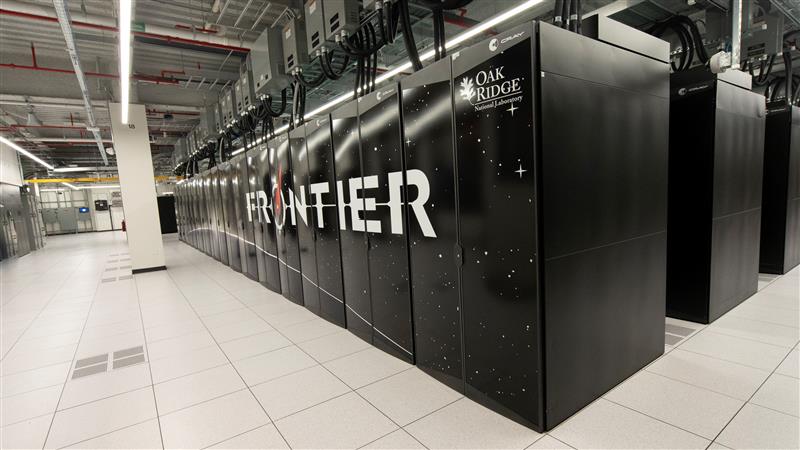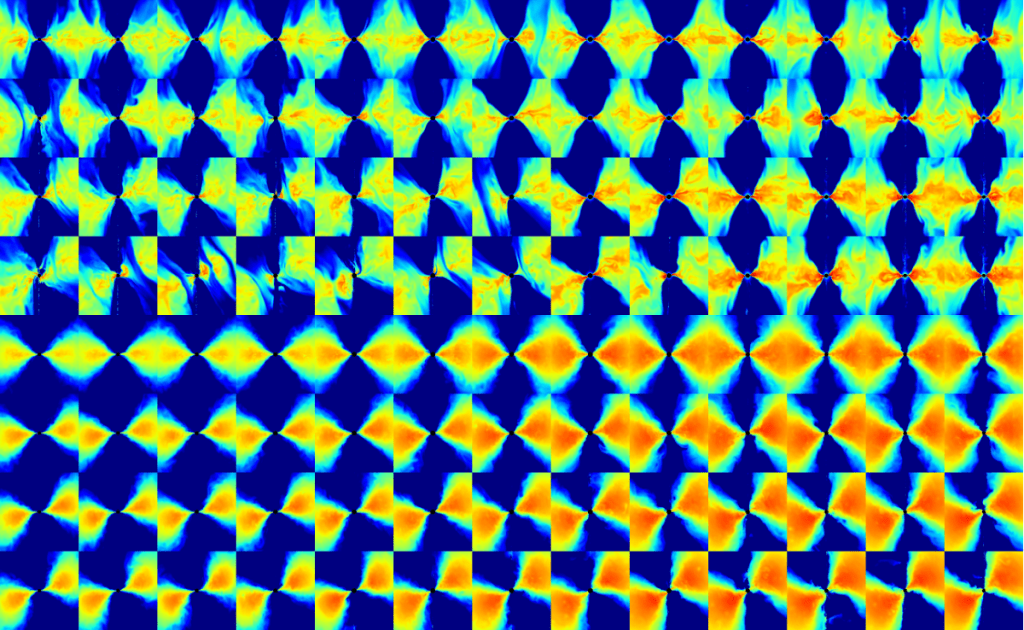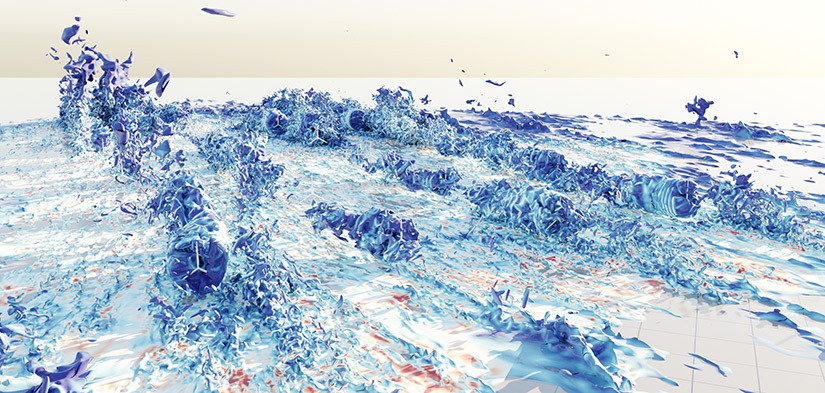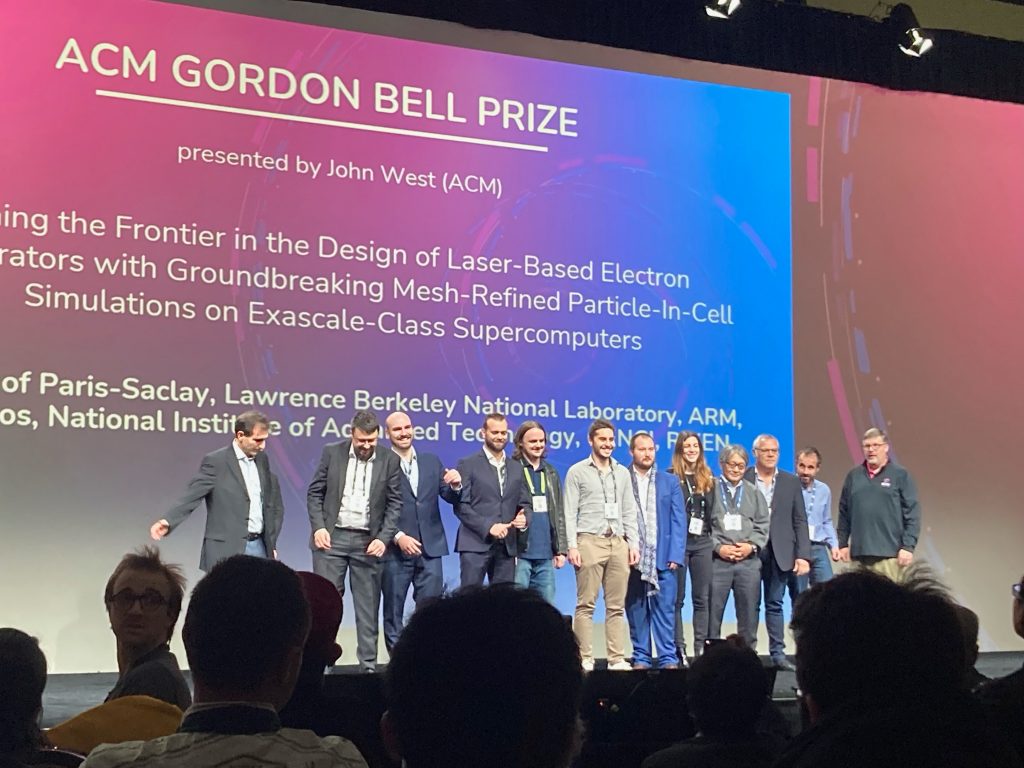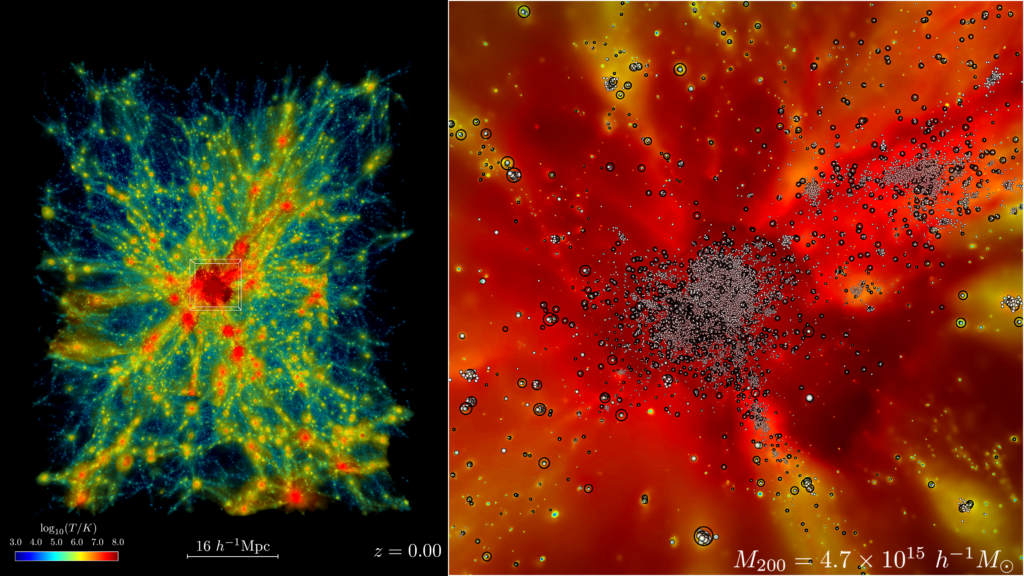
The universe just got a whole lot bigger — or at least in the world of computer simulations, that is. In early November, researchers at the Department of Energy’s Argonne National Laboratory used the fastest supercomputer on the planet to run the largest astrophysical simulation of the universe ever conducted.…
Jeremy RumseyNovember 19, 2024


